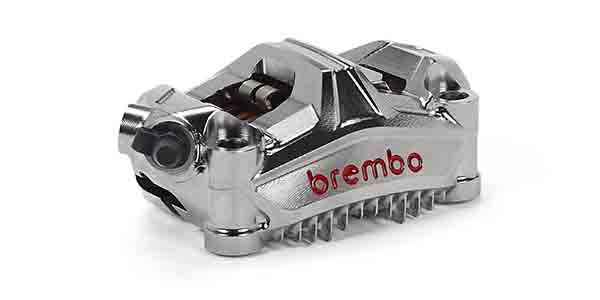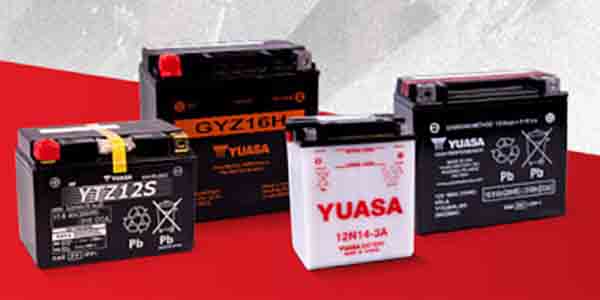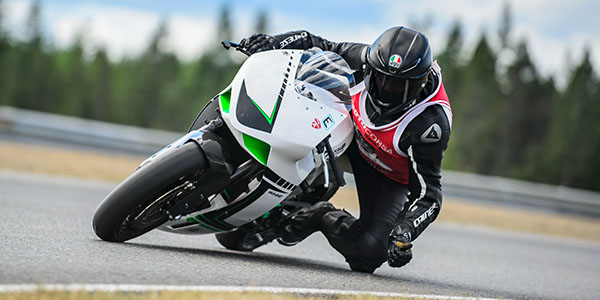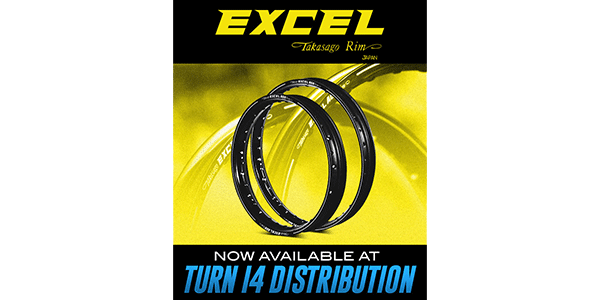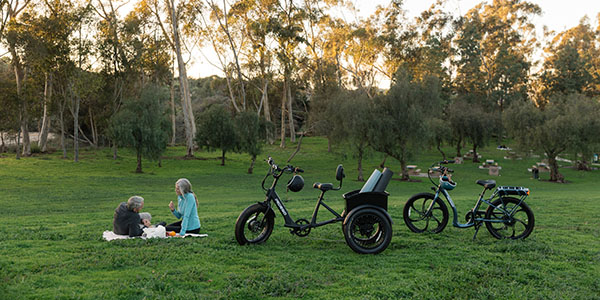They were were all the rage back in the 1960s. Vespa and a few other lesser-known scooters were sold as cheap transportation mostly to high school and college students in high-density metropolitan areas. As British and European motorcycles lost out to the Japanese OEMs, scooters sales also slumped.
Inexpensive motorcycles from the Japanese OEMs offered reliability, availability of parts and very reasonable prices. That all but relegated the scooter to history in this country — and there it languished until just a few years ago.
Now, almost a half-century later, scooters are once again a growing segment of the powersports market. The Chinese makers began the revival. They started exporting 50cc to 125cc scooters of questionable quality to the U.S. Soon they found that American buyers wanted higher quality and, more importantly, a reliable supply of spare parts along with competent service.
As is the case with trends, a rising tide raises all ships. The European makers re-established their U.S. distribution arms, began advertising and found the love of scooters had simply skipped a generation or two and was now back.
Now we go global. One European maker agreed to supply a Chinese company with their 181cc engines. The Chinese caught on to the fact that they need to improve quality and establish a more reasonable supply chain of replacement parts to their U.S. distributors. At the same time the Chinese government realized they could no longer look the other way when it came to recognizing copyrights and patents. A report from the Chinese indicates that few of the 100+ scooter manufacturers were actually profitable. They are all undercutting each other, especially in the small displacement commuter markets of the Far East.
China is experiencing phenomenal growth in all areas of manufacturing. That includes everything from textiles (no more quotas to stem the exports to the U.S.) to auto parts, electronics, computers, etc. In fact, China supplies more products to Wal-Mart than to all of England and Germany. Considering that Wal-Mart is just one company, you can see the emerging impact of China on what America buys.
We’ll soon see an expanding market for Chinese-made large displacement scooters and motorcycles, too. However, that’s another story.
The Japanese OEMs took a more serious look at the scooter market and began to realize that scooters, like motorcycles, have the ability to appeal to a wider market than previously thought. Now that the baby boomer generation is giving up some of its "macho" in favor of raising and educating their progeny, they no longer find it an imperative to buy the biggest and fastest bike on the road. Their offspring, known as the "Echo" generation seem to have opted to forego the macho phase of their maturity in favor of more productive pursuits.
Much has changed in America during the past 50 years. Those changes include even higher population density, fewer parking spaces, gridlocked roads and increased use of mass transportation in areas where they had foresight enough to create mass-transportation systems. Not all major markets were so visionary.
What benefits do scooters have over motorcycles? As a dyed-in-the-wool motorcyclist, I’d quickly respond: none. However, I’d be wrong. Scooters are easier to maneuver in very slow and tight traffic. Most have built in storage and the ability to carry a passenger.
The Japanese makers realized this was an opportunity to do two things: refocus on the scooter and blur the lines between a scooter and a motorcycle. Suzuki and Honda, for example, have been producing and exporting large displacement scooters (up to 650cc) with the ability to run at high enough speeds to keep up with traffic on fast-moving (often faster than the posted speed limit) highways.
Are there any disadvantages to scooters? In the U.S. where potholes are a problem, the smaller diameter wheels come quickly to mind. Obviously, the major OEMs are aware of this and have larger wheels and tires on their large displacement scooters. That feature alone is at least in part responsible for blurring the line between scooters and motorcycles.
What will the future hold? I expect to see a considerable amount of sorting out during the next few years. First, we’ll see even more Chinese scooters, at least for a short time. Some of them will spend the time and effort to understand our market, others won’t. They will leave the scene when sales don’t meet their expectations and quality problems become too much trouble.
The European and Japanese makers seem to be more in tune with the American dealers and will do whatever they feel is necessary to develop the scooter market. Our roads will continue to become more crowded and parking spaces will continue to diminish. I expect that high schools, colleges and universities will realize the change and make more parking available for scooters. They must know that three scooters can fit in the same space as one car.
The market, in my opinion, will continue to grow. Some dealers will focus more on scooters while others will focus on different niches. I expect to see scooter sales grow more rapidly in major metropolitan areas than in rural America. The large displacement scooters will begin to catch on, but it will take clever marketing on the part of both the OEM and dealer.
If you have not taken a test ride on a scooter recently, say in the past 20 years or so, I suggest you do so now. When you do, you’ll discover they have indeed changed and for the better. Then, if you have the opportunity to do so take a test ride on one of the large displacement scooters, you’ll see how well they handle and how easy they are to maneuver.
The inhibitor to the growth of the scooter market is like the inhibitor to the growth of the recumbent bicycle market: "Recumbent bicycles just don’t look right." Most hardcore bicyclists don’t consider the recumbent to be anything but an anomaly ridden by a kook. However, the Echo generation doesn’t seem to care about such things. They are your future, Mr. Dealer. Cater to them and you’ll grow in the scooter market.


